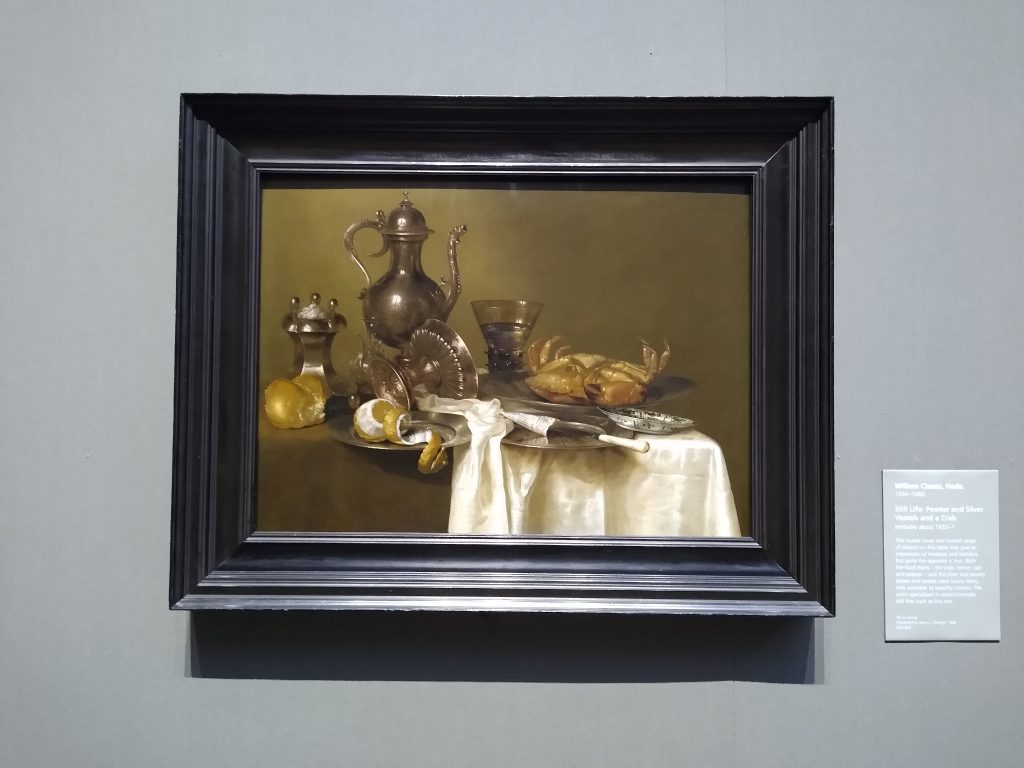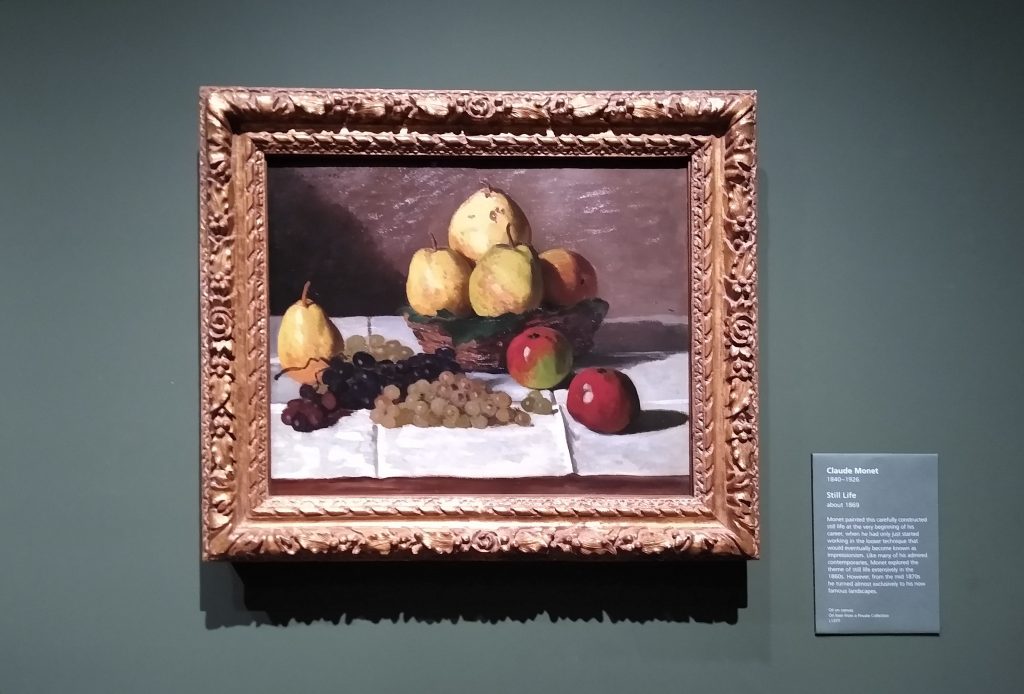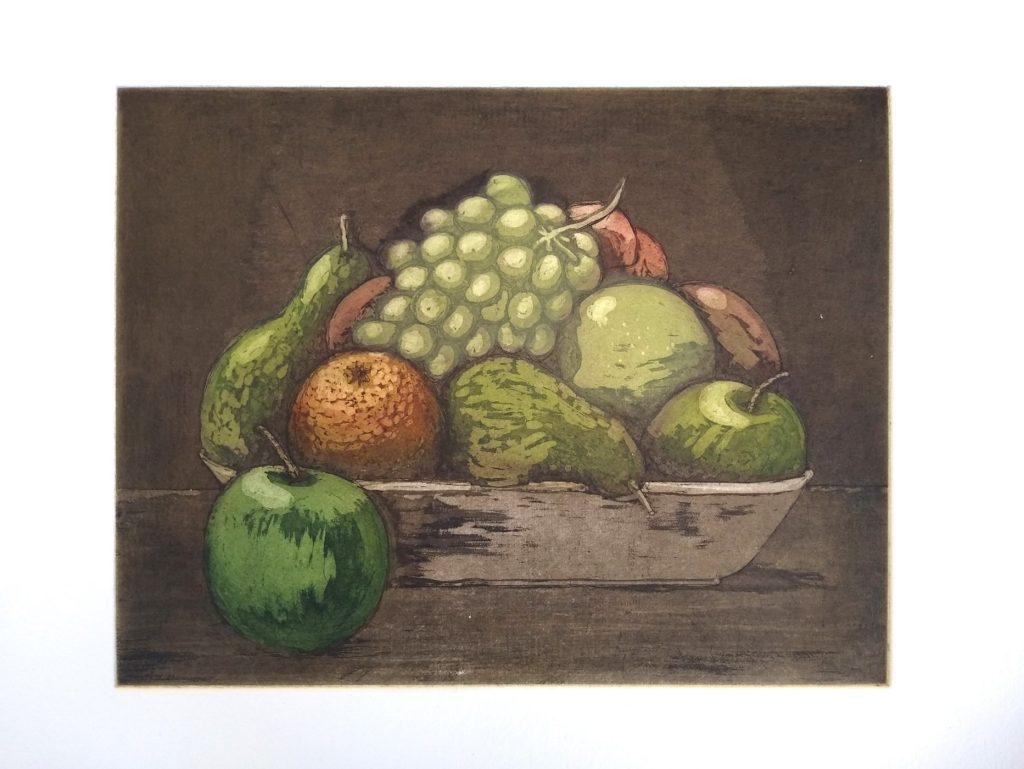A Brief History of Still Life Painting
Exploring the evolution of an enduring art form Still life painting, an artistic genre focused on inanimate objects such as flowers, fruits, vessels, and everyday items, has a storied history that spans centuries. This genre not only reflects the technical mastery of artists but also offers insights into the cultural and social contexts of different periods.
Origins in Antiquity
Still life painting can trace its origins back to ancient times. In Egypt, decorative frescoes often depicted food offerings left for the deceased, showcasing an early form of still life imagery. Similarly, in ancient Greece and Rome, artists celebrated the beauty of objects by incorporating still life elements into mosaics and frescoes. These early works highlighted a reverence for material goods and the transient nature of life.
The Renaissance Revival
During the Renaissance, still life painting began to emerge as a distinct genre. Artists such as Leonardo da Vinci explored the representation of objects with incredible detail and realism, often incorporating them into larger narrative scenes. By the 16th century, still life gained prominence, particularly in Northern Europe, where artists like Pieter Claesz and Jan van Eyck elevated the genre through their use of texture, light, and symbolism.
Symbolism in the Baroque Era
The Baroque period marked a golden age for still life painting, especially in the Netherlands. Artists such as Rachel Ruysch and Jan Davidsz de Heem created compositions that were rich in symbolism. Flowers represented the fleeting nature of life, while skulls and hourglasses were reminders of mortality. Vermeer, an overlooked artist of his time, Willem Claez. Heda and Rembrandt. This era also witnessed the rise of “vanitas” paintings, which focused on the theme of human vanity and the transience of worldly possessions.

Willem Claudz Heda
Transition to Modernity
With the advent of the 18th and 19th centuries, still life painting adapted to changing tastes. French artists like Jean-Baptiste-Siméon Chardin infused their work with simplicity and intimacy, focusing on domestic scenes. The Impressionists, such as Claude Monet and Pierre-Auguste Renoir, brought a fresh perspective to the genre by capturing objects in vibrant strokes and dynamic lighting. Cezanne said he would woo Paris with his apples. Vincent Van Gogh painted Sunflowers and Irises.

Claude Monet
Experimentation in the 20th Century
The 20th century saw radical transformations in still life painting as artists began to experiment with abstraction and surrealism. Pablo Picasso and Georges Braque introduced Cubist interpretations of objects, deconstructing them into geometric forms. Meanwhile, Giorgio Morandi’s serene compositions revealed the meditative qualities of everyday items, emphasizing arrangement and subtle shifts in tone.
Contemporary Perspectives
Today, still life painting continues to thrive, often blending traditional techniques with contemporary themes. Modern artists explore issues such as consumerism, identity, and environmental concerns through the lens of inanimate objects. The genre also extends beyond painting, encompassing photography, sculpture, and digital art.
Conclusion
Still life painting remains an enduring testament to human creativity and observation. From ancient civilizations to the present day, artists have used this genre to celebrate beauty, evoke emotion, and provoke thought. Its evolution over time mirrors the shifting tides of art history and the diverse ways in which humans connect with the material world.

Ruth Alison Greenwood
Leave a Reply